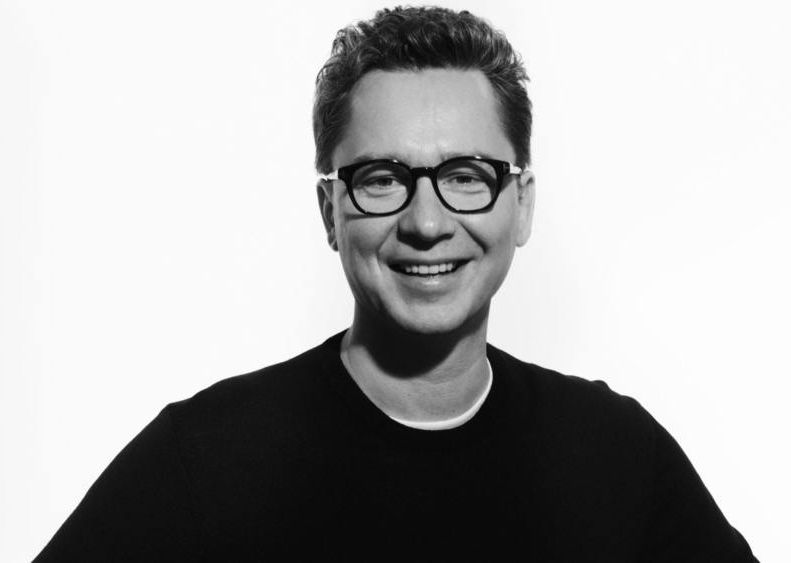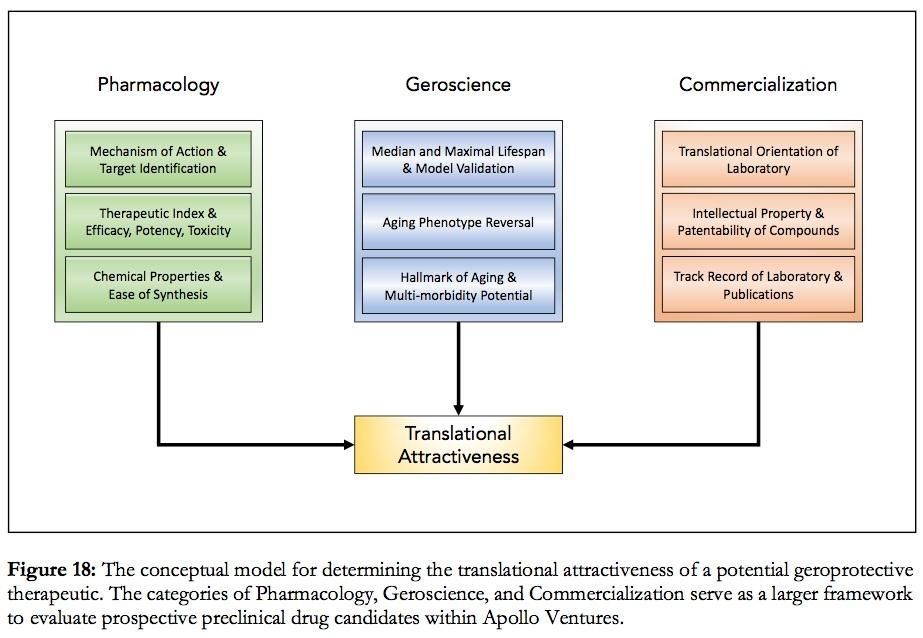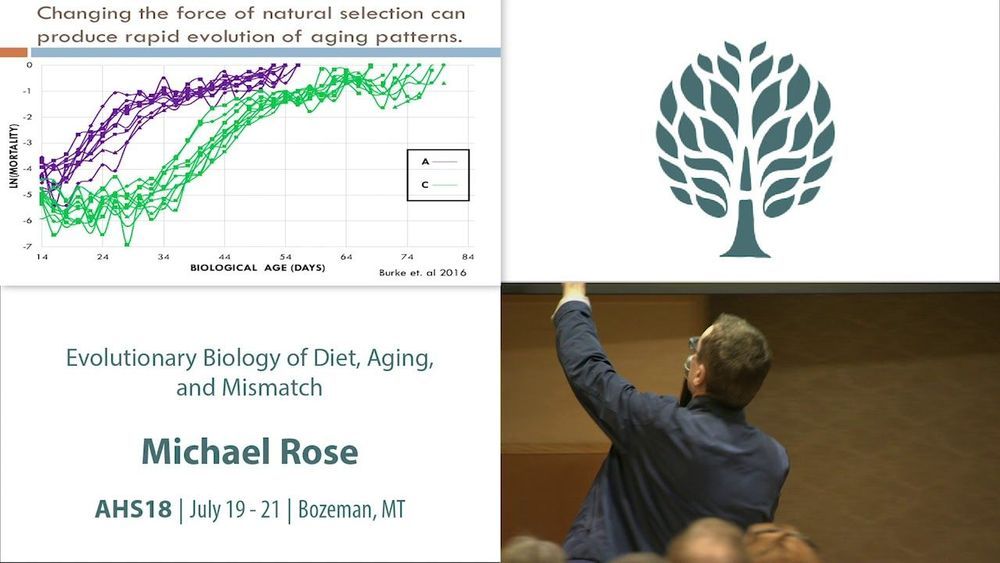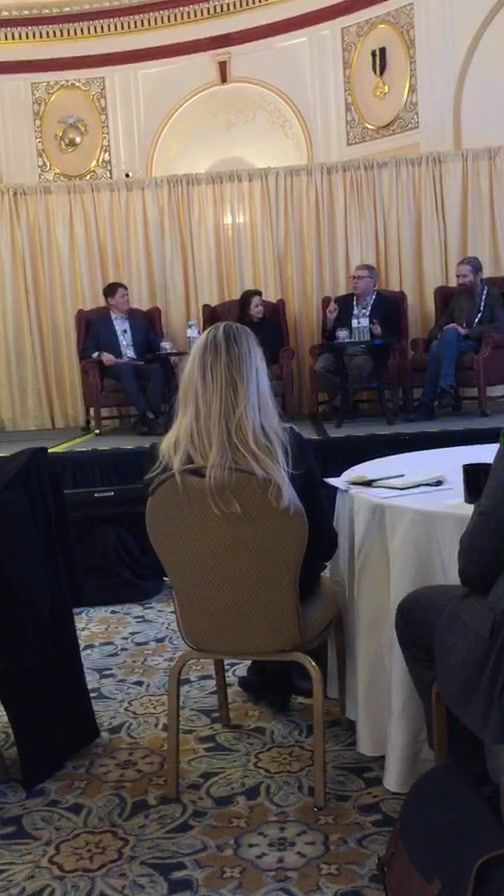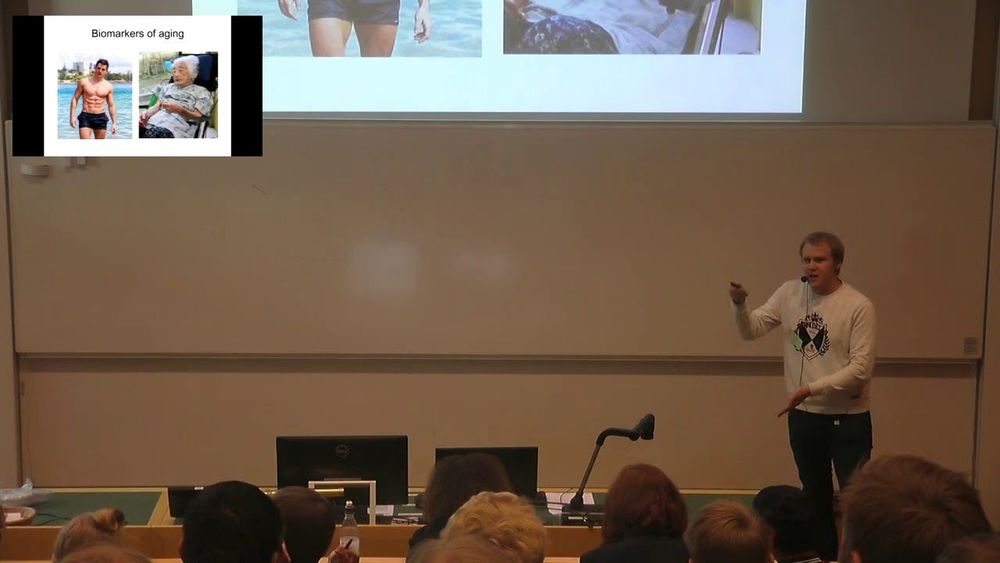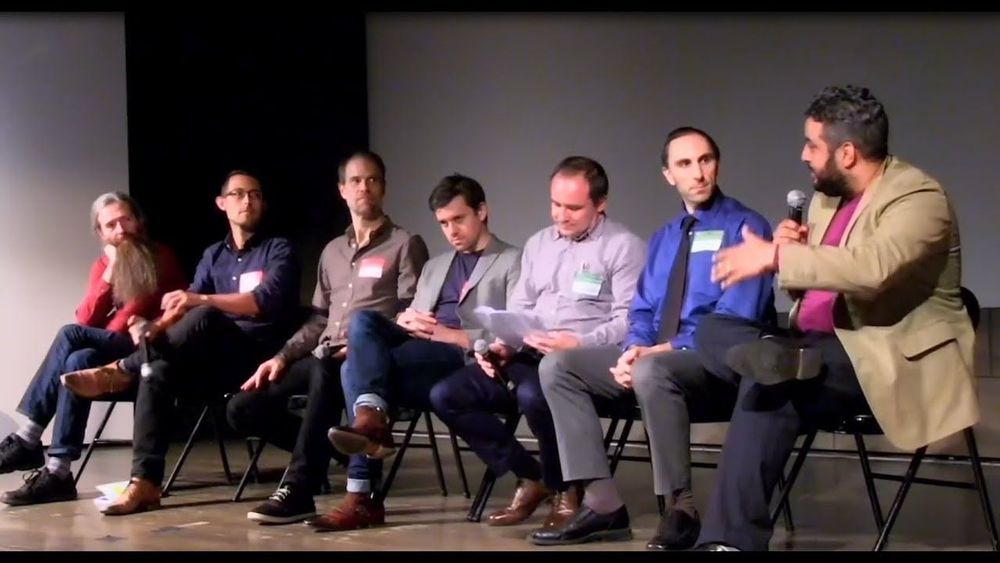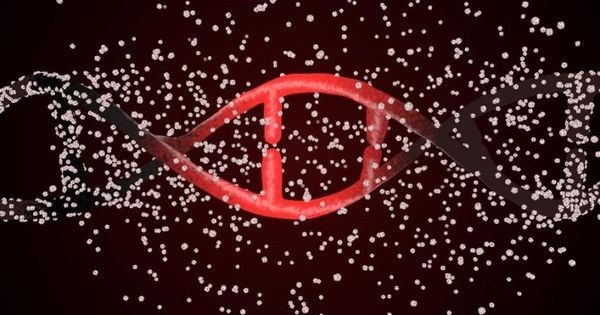Great news!
Inspired by British billionaire Jim Mellon, chairman of anti-aging upstart biotech venture Juvenescence, Sergey Young unveiled a $100 million fund on Monday to catalyze the development of a comprehensive solution to counteract the damaging consequences of aging.
“I’ve never looked like my age…and with my name, I think it was predetermined that I was going to work in the space (of aging),” Young told Endpoints News. The 47-year-old considers himself a product of Peter Diamandis — the man behind the non-profit XPRIZE and venture capital fund BOLD Capital Partners — and is in charge of all things longevity at both organizations.
